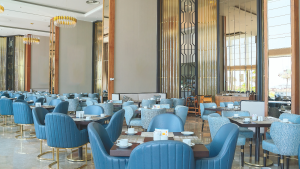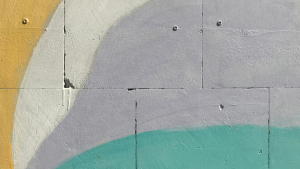At first glance, Scandinavian and Japanese designs are as dissimilar in style as they are in geography. The use of natural materials and a focus on relaxation brought on by simplicity are just two examples of the overlapping themes you’ll discover if you look closer. Given the similarities between these fundamental principles, it is not surprising that fashion designers are fusing them to create the “Japandi” style, which combines Japanese and Scandi aesthetics.
Japandi Design
Functionality, rusticism, and simplicity are all combined in Japandi design, which is a combination of Scandinavian and Japanese aesthetics. It strikes the ideal balance between the clean lines, open areas, and earth tones of the two types.
The term “hygge” will be immediately familiar to anyone who is familiar with Scandinavian design. Making your home your sanctuary is the idea behind merging design with warmth.
The concept of “wabi-sabi,” which means beauty in imperfection, will also be familiar to those who enjoy Japanese design.
Together, they create a carefree yet sophisticated look.
Furnishings
The few pieces of furniture that are present in places designed in this manner are expertly chosen and constructed. Instead of purchasing items that will only be used briefly before being discarded, Japandi places an emphasis on higher-quality pieces that may be preserved for many years.
They also have a minimalist design without any extraneous decorations. As a result, the attention may be placed on the people in the space rather than the furnishings.
There are definitely already some aspects of Japandi in your home if you’ve dabbled in hygge or wabi-sabi. To really make the look come to life, though, combine bamboo or raw wood furniture with subdued natural colors like pale green or creamy white. The style will be strengthened by adding plants to bring in the outside.
Colors
Choose colors that match this impact because both styles mainly rely on natural materials. Instead of using loud or aggressive colors, the color palette of the moment is one that is tranquil and restorative and focuses on neutral and light color washes. And if you do introduce a vivid, striking color, do so with care and only after carefully considering its significance.
Combining these two aesthetics enables you to add richer, deeper Japanese color palettes to the often frigid Nordic color scheme.
Clutter
The secret to getting the Japandi look is what? Clear the clutter from your home. If you can’t see your clean-lined furniture or your pale-hued walls through the mail and clothing heaps, you’re not in Japandi.
What if the stacks of mail or clothing simply won’t go away? By hiding those items behind a lovely Japanese screen or in bamboo baskets, you may make your home appear tidier.
Love the Japanese aesthetic? Allow the experts at New City House Painter’ to assist you in selecting a color scheme that unifies the entire design. Contact our color consultants for a free estimate or to chat now.







